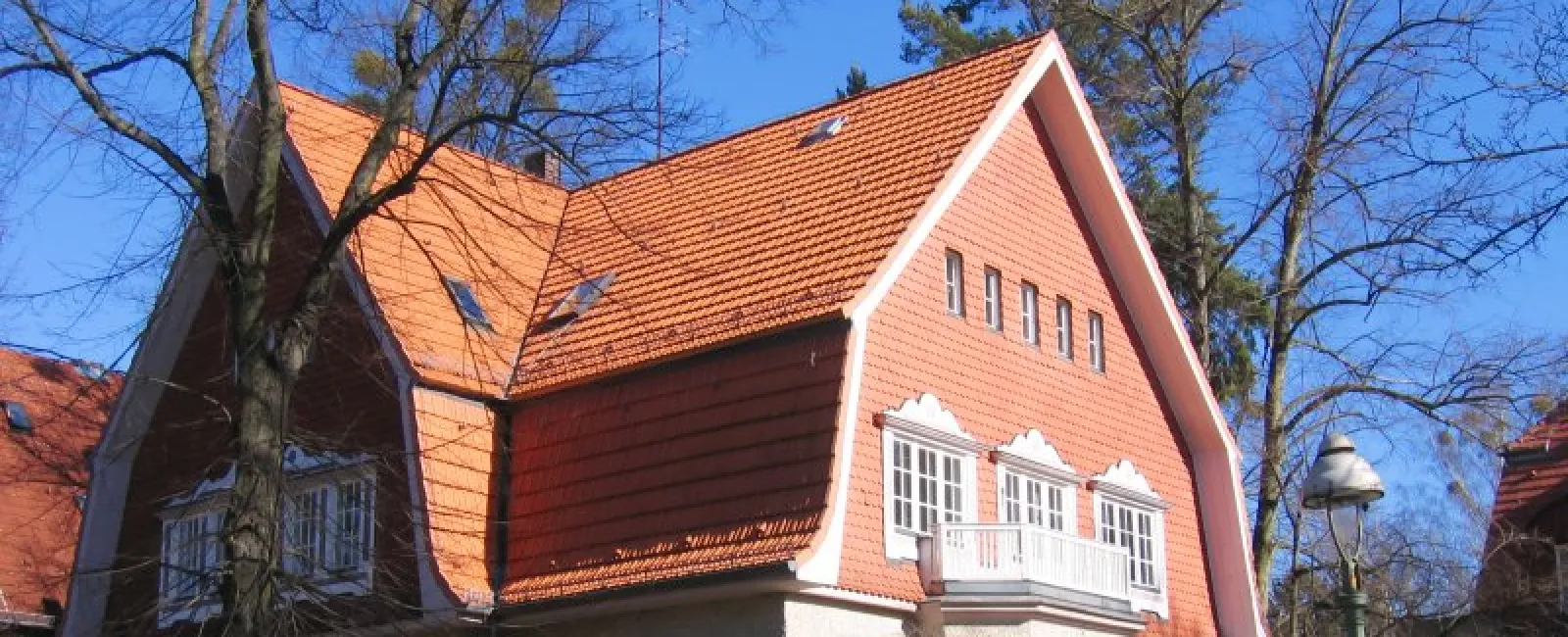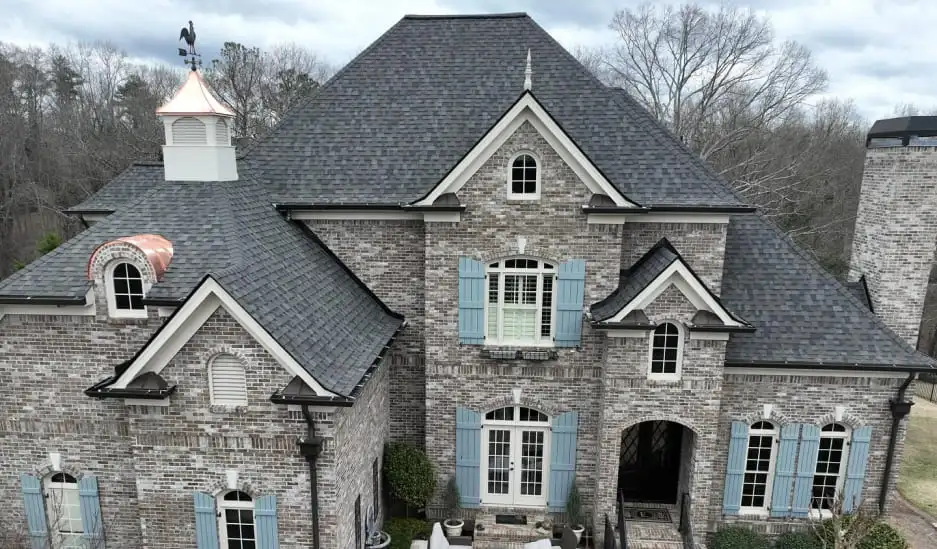Though insulation in your attic is essential to retaining heat inside your home, a truly energy-efficient structure allows some air to enter the home even in the hottest and coldest times of the year. In fact, attic ventilation ensures your roof remains protected from deep freezes in winter and moist air in summer. Here’s what you need to know about attic insulation and vents.
Heat and cold present separate challenges
In places like Marietta or Stockbridge, the average summer high soars to nearly 90 degrees, so keeping cool in the summer is always an issue. But the Atlanta area’s extremely chilly winter of 2014 has illustrated the need to address cold as well.
High temperatures in summer increase the likelihood shingles will begin to crackle, while cold winter temperatures increase the chance your roof could freeze. Moisture levels also spike during the winter from water vapor built up from cooking, cleaning and general respiration inside your house.
If you want to figure out whether your attic insulation is sufficient, simply go up there and see if the attic is cool in the summer and hot in the winter. If so, you likely have poor attic floor insulation and ventilation, because there should be a noticeable difference in temperature from the rest of your home. Expert roofers can keep the proper balance intact.
Examining an attic
Besides checking on the temperature of an attic, another good way to notice what’s happening is to check the roof after snow falls. If you see icicles forming at the roof’s edges, it suggests your roof is heated, which means it is poorly ventilated and poorly insulated. A cooler roof also helps you avoid the problem of snow melting underneath and springing leaks.
As with any system designed for intake and exhaust, you need to balance vents to properly ventilate your attic. Intake vents in a roof’s low point should be working in harmony with the exhaust vents near the roof’s peak. Roofing contractors can help you achieve this balance.
The most common mistake in attic ventilation
It’s very common for homeowners to cover soffit vents — vents on the underside of a roof — with insulation. In theory, it seems appropriate to keep cold or hot air outside of your home, but the reality is you need to ventilate in order to save energy and protect your roof.
To check on your own, observe the eaves inside your attic to make sure soffit vents or ridge vents aren’t covered with insulation. If you have trouble determining which parts of the attic need insulation, contact an experienced roofer to take a look.
Properly insulating and ventilating your attic means you’ll enjoy interior comfort and efficiency while protecting your roof in any season.



